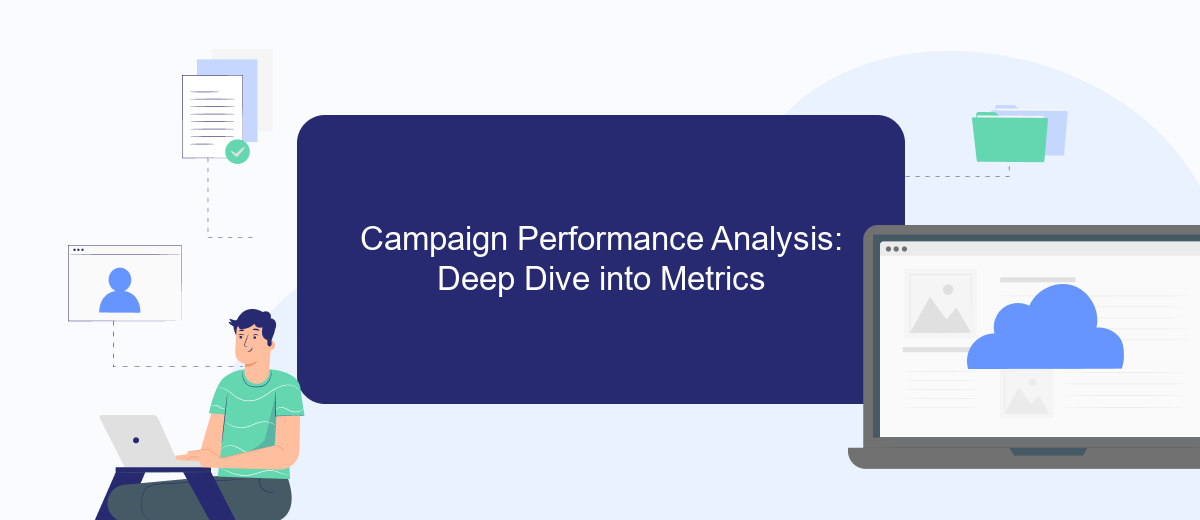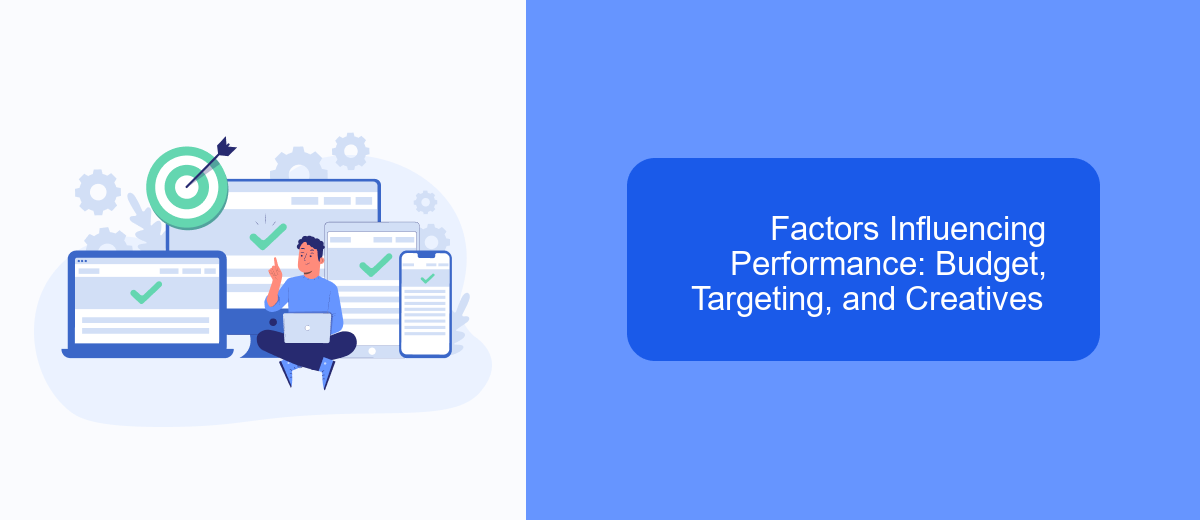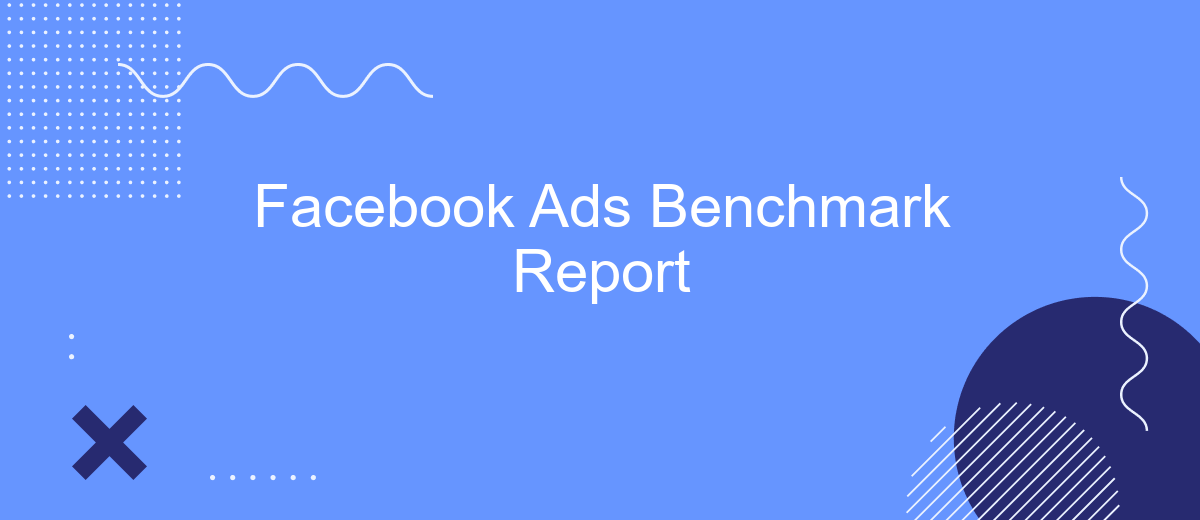In the rapidly evolving world of digital marketing, staying ahead of the competition requires a deep understanding of current trends and benchmarks. The Facebook Ads Benchmark Report provides invaluable insights into key performance metrics, helping businesses optimize their advertising strategies. By analyzing data across various industries, this report offers a comprehensive view of ad performance, enabling marketers to make informed decisions and maximize their return on investment.
Executive Summary: Key Trends and Insights
The Facebook Ads Benchmark Report highlights significant trends and insights that are shaping the landscape of digital advertising. As businesses increasingly rely on Facebook's advertising platform, understanding these trends is crucial for optimizing ad performance and maximizing ROI. This report provides a comprehensive analysis of current strategies, costs, and engagement metrics across various industries.
- Ad Spend: There is a noticeable increase in ad spend, indicating growing confidence in Facebook's ad platform.
- Cost Per Click (CPC): CPC has shown variability across sectors, with some industries experiencing higher costs due to increased competition.
- Engagement Rates: Engagement rates have improved, suggesting that audiences are responding positively to more targeted and relevant content.
- Mobile Ad Dominance: Mobile ads continue to dominate, with a significant portion of ad impressions and clicks coming from mobile devices.
Overall, the report underscores the importance of staying informed about the evolving dynamics of Facebook advertising. By leveraging these insights, marketers can refine their strategies to better connect with their target audiences and achieve their advertising objectives. Staying ahead of these trends will be key to maintaining a competitive edge in the digital advertising space.
Industry Benchmarks: Performance Metrics by Sector

Facebook Ads performance metrics can vary significantly across different sectors, reflecting the unique challenges and opportunities each industry faces. For example, the e-commerce sector often sees higher click-through rates (CTR) due to visually appealing product ads that encourage immediate consumer interaction. In contrast, sectors like finance may experience lower CTRs but benefit from higher conversion rates, as users are more deliberate in their engagement with financial products. Understanding these variances is crucial for businesses aiming to optimize their ad strategies effectively.
Integrating advanced tools and services can further enhance ad performance across industries. Platforms like SaveMyLeads streamline the process by automating the transfer of leads from Facebook Ads to CRM systems, ensuring that no potential customer is overlooked. This seamless integration is particularly beneficial for sectors with high lead volumes, such as real estate and automotive, where timely follow-up is essential. By leveraging such tools, businesses can not only improve their response times but also gain valuable insights into their campaign effectiveness, ultimately driving better results across all performance metrics.
Campaign Performance Analysis: Deep Dive into Metrics

In the ever-evolving landscape of digital marketing, understanding the nuances of Facebook Ads performance is crucial for optimizing campaign outcomes. A comprehensive analysis of key performance metrics offers valuable insights into the effectiveness of advertising strategies. By delving into these metrics, marketers can make informed decisions to enhance their campaigns.
- Click-Through Rate (CTR): This metric measures the percentage of users who click on an ad after seeing it. A higher CTR indicates that the ad content resonates with the audience.
- Conversion Rate: This reflects the percentage of users who complete a desired action, such as making a purchase, after clicking on the ad. It is a direct indicator of the ad's effectiveness in driving sales.
- Cost Per Acquisition (CPA): CPA calculates the average cost incurred to acquire a customer through the ad. Lower CPA values signify more cost-effective campaigns.
By closely monitoring these metrics, advertisers can identify areas for improvement and adjust their strategies accordingly. Regular analysis ensures that campaigns remain aligned with business goals and deliver optimal return on investment. As the digital advertising environment continues to shift, staying attuned to these metrics is essential for maintaining competitive advantage.
Factors Influencing Performance: Budget, Targeting, and Creatives

Performance in Facebook Ads is significantly impacted by three primary factors: budget, targeting, and creatives. Each of these elements plays a crucial role in determining the effectiveness of an advertising campaign. A well-allocated budget ensures that ads reach the desired audience without overspending, while precise targeting enhances the relevance of the ads to the audience.
Targeting involves selecting specific demographics, interests, and behaviors to reach the most suitable audience. This precision allows advertisers to focus on users who are more likely to engage with the ads, thereby improving conversion rates. Meanwhile, creatives are the visual and textual components that capture the audience's attention and convey the brand message effectively.
- Budget: Allocate funds wisely to maximize reach and frequency without overspending.
- Targeting: Use detailed audience segmentation to enhance ad relevance and engagement.
- Creatives: Design compelling visuals and copy to attract and retain audience attention.
Ultimately, the synergy between budget, targeting, and creatives determines the success of Facebook Ads. By carefully balancing these elements, advertisers can optimize their campaigns to achieve desired outcomes, such as increased brand awareness, higher engagement, and improved ROI.


Recommendations and Best Practices for Optimization
To optimize your Facebook Ads campaigns effectively, start by analyzing your performance metrics regularly. Identify key performance indicators (KPIs) such as click-through rates, conversion rates, and return on ad spend to gain insights into what works and what doesn't. A/B testing different ad creatives, headlines, and target audiences can provide valuable data to refine your strategy. Additionally, utilize Facebook's Audience Insights tool to better understand your audience demographics and tailor your ads accordingly.
Consider leveraging automation tools like SaveMyLeads to streamline your data management processes. Integrating Facebook Ads with your CRM and other marketing tools can help automate lead collection and ensure no potential customer is overlooked. SaveMyLeads simplifies this integration, allowing you to focus on optimizing ad content and strategy. Lastly, stay updated with Facebook's algorithm changes and ad policies to ensure compliance and maintain ad visibility. Regularly refreshing your ad creatives and testing new formats can keep your audience engaged and improve overall campaign performance.
FAQ
What is a Facebook Ads Benchmark Report?
Why is the Facebook Ads Benchmark Report important for marketers?
How often should businesses refer to the Facebook Ads Benchmark Report?
What are some key metrics to focus on in the Facebook Ads Benchmark Report?
How can businesses use the Facebook Ads Benchmark Report to improve their ad campaigns?
Would you like your employees to receive real-time data on new Facebook leads, and automatically send a welcome email or SMS to users who have responded to your social media ad? All this and more can be implemented using the SaveMyLeads system. Connect the necessary services to your Facebook advertising account and automate data transfer and routine work. Let your employees focus on what really matters, rather than wasting time manually transferring data or sending out template emails.
